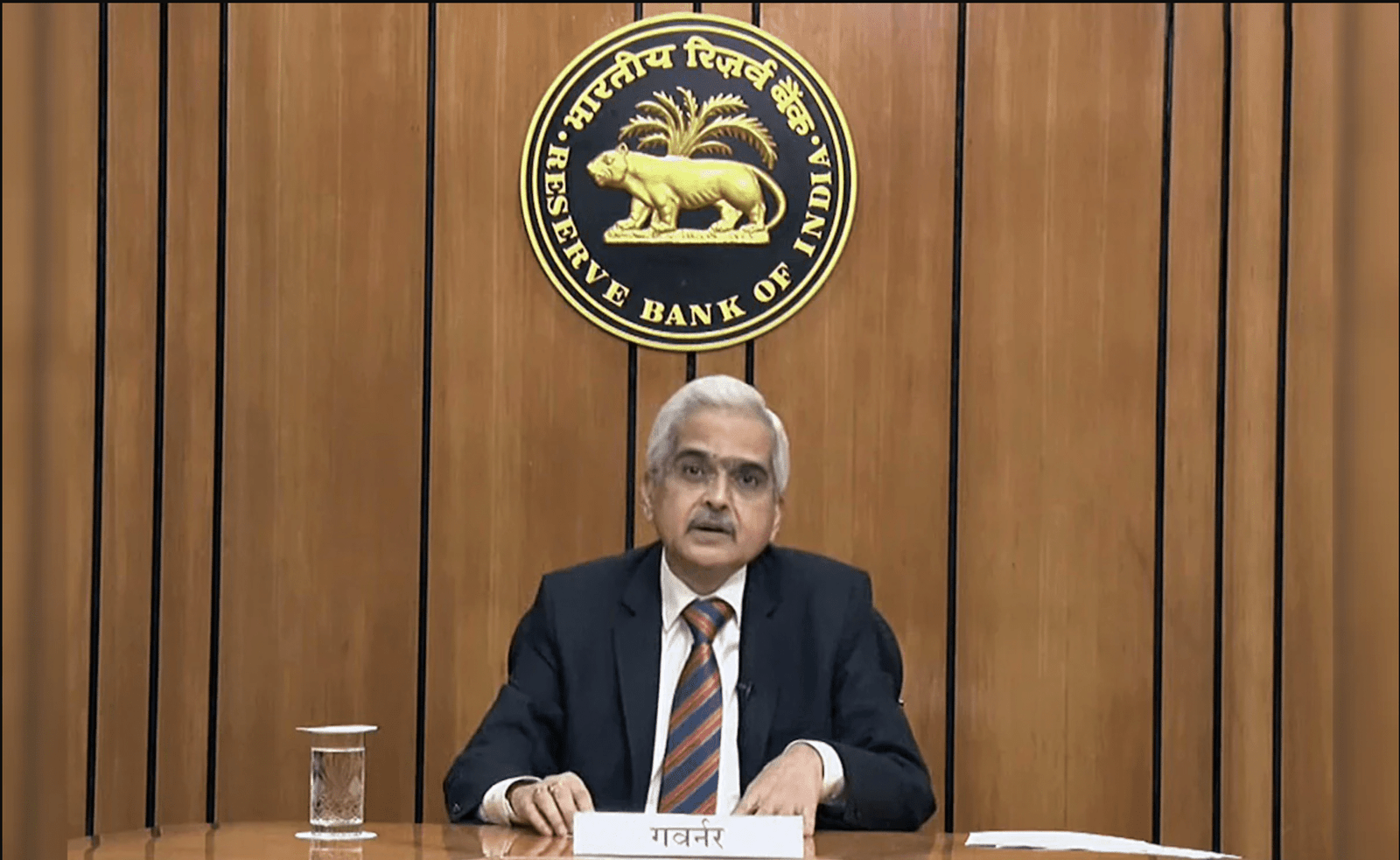The Reserve Bank of India’s (RBI) Monetary Policy Committee (MPC) announced a 50 basis points (bps) reduction in the Cash Reserve Ratio (CRR), bringing it down to 4%. This decision, revealed during Friday’s policy meeting, sparked a positive reaction across the financial sector. Stocks in banking and financial institutions witnessed gains, with the Nifty PSU Bank index rising nearly 2% by mid-morning.
The CRR, which represents the portion of a bank’s deposits maintained as liquid cash with the RBI, directly influences liquidity in the banking system. A 50-bps cut translates to an infusion of ₹1.16 trillion, providing banks with increased funds to drive lending and meet seasonal demands.
Sectoral Performance: Financials Lead Gains
By 10:45 AM, the Nifty PSU Bank index outperformed all other sectoral indices, gaining 2%. Prominent public sector banks, including UCO Bank, Indian Overseas Bank, Central Bank of India, and Bank of Baroda, saw their shares rise between 2% and 2.5%. Heavyweights like the State Bank of India (SBI), Punjab National Bank (PNB), and Bank of India also posted gains of around 1%.
Other banking indices, such as Nifty Bank and Nifty Private Bank, saw more modest gains of 0.4%, while the broader Nifty 50 index increased by just 0.06%.
Impact of Liquidity Infusion
RBI Monetary Policy Committee CRR cut is expected to provide a lifeline to banks, especially during the busy season when liquidity demands peak. This measure will lower banks’ cost of funds, enabling them to offer more competitive lending rates. This liquidity boost significantly benefits sectors such as non-banking financial companies (NBFCs), real estate, auto, and infrastructure.
Experts said the move will aid micro, small, and medium enterprises (MSMEs). CRR is expected to improve liquidity, helping with working capital.
Anuj Puri, Chairman – ANAROCK Group, said, “The Reserve Bank of India’s decision to maintain repo rates at 6.5% for the eleventh consecutive time reflects a cautious yet balanced approach in navigating the current economic landscape, marked by slowed growth momentum and rising inflation. The reduction of the Cash Reserve Ratio (CRR) to 4% is a significant move, offering relief to the liquidity-strained banking system. For the Indian real estate sector, this decision holds particular promise, as it enhances banks’ lending capacities, empowering developers to secure the funds necessary for ongoing and new projects.”
Balancing Growth and Inflation
While the RBI maintained its repo rate at 6.5%, the CRR cut is a step toward addressing liquidity constraints without compromising inflation control. The central bank revised its inflation forecast for FY25 to 4.8%, slightly higher than the previous estimate of 4.5%. Meanwhile, the growth forecast for FY25 was reduced to 6.6% from 7.2%, reflecting a slowdown in economic momentum.
Mr. Vishal Goenka, Co-Founder of IndiaBonds.com, “RBI policy remained steady with notable changes in inflation forecast being higher than before and growth expectations marked lower. A very balanced policy once again and commendable in light of global and domestic economic complexities. Fixed income investing prefers a stable, almost ‘boring’ environment and that is exactly what has been delivered. Investors to continue using fixed income for effective portfolio construction. A barbell strategy with buying short end corporate bonds with long end g-Sec and bank infra bonds is suggested for benefiting from carry as well as potential capital gains”.
Market Outlook
The RBI’s actions signal a commitment to fostering growth while maintaining price stability. With the liquidity boost poised to support lending, the financial sector stands ready to leverage this momentum as it navigates the challenges of balancing inflation and growth.

